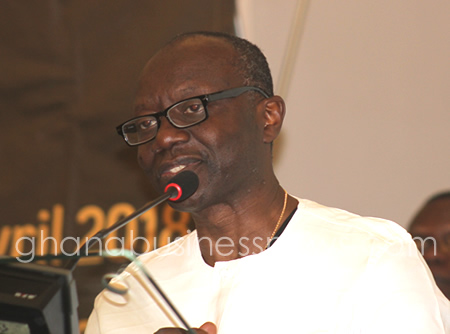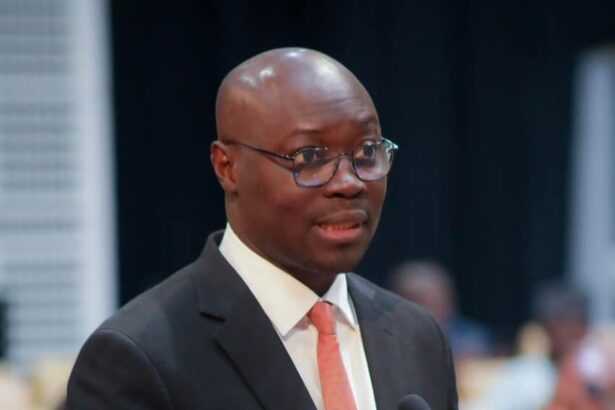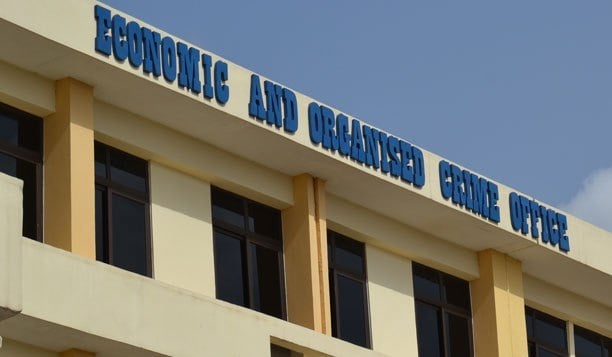
By Williams Kwasi PEPRAH
Ghana’s 2026 Budget presents a strong message of stability and fiscal discipline following the economic recovery recorded in 2025. With inflation falling, revenue collection improving, and the cedi stabilizing, Government is positioning the 2026 fiscal year as a consolidation phase aimed at securing long-term economic resilience.
A central anchor of the Budget is the commitment to maintain a primary surplus of 1.5% of GDP, as required by the amended Public Financial Management Act. Achieving this surplus means that Government plans to cover all non-interest expenditures with domestic revenue as a critical signal of responsible budget management.
However, beneath this commitment lies a deeper fiscal challenge. When interest payments on existing debt are considered, the overall fiscal deficit widens considerably that is –2.2% of GDP on commitment basis and –4.0% on a cash basis. The difference between the primary surplus and the overall deficit is a balancing gap of roughly 3.7% of GDP underscores the heavy weight of interest obligations on public finances.
This widening gap means that even with improved revenue performance, Government must rely on additional borrowing to finance interest costs and priority programmes. The 2026 Budget outlines major investments, including the Big Push Infrastructure Programme, expanded agricultural support, and enhanced spending on education and health. While these investments are crucial for inclusive growth, they also increase the demand for financing.
The impending crowding-out effect
A serious warning must be sounded: Ghana risks a severe crowding-out effect if domestic borrowing surges in 2026. Because the balancing gap remains large and interest payments continue to absorb a substantial share of resources, the Government will need to access more domestic credit to close its financing shortfall.
Domestic financing is expected to total GH¢71.9 billion, representing 4.4% of GDP. Of this amount, GH¢38.3 billion is projected to come from commercial banks, while GH¢33.4 billion will be raised from non-bank sources. The funds will be mobilized mainly through the issuance of both long-term and short-term government securities.
When Government becomes a dominant borrower in the domestic market:
- Banks allocate more of their lending portfolio to ‘safe’ government securities.
• Interest rates rise as the demand for credit increases.
• Private businesses struggle to access affordable loans for expansion, investment, and production.
The result is a crowding-out of private sector activity, which can slow job creation, weaken industrial growth, and undermine the very economic transformation the Budget seeks to promote.
A budget balancing promise and pressure
The 2026 Budget carries a tone of optimism, grounded in improved fiscal discipline and ambitious development priorities. Yet the underlying fiscal gaps, rising interest obligations, and the increasing likelihood of crowding-out introduce caution. Whether Ghana can sustain growth in 2026 will depend on how effectively Government manages domestic borrowing, mobilizes revenue, and delivers investments without constraining private sector activity.
The author is an Associate Professor of Finance, Andrews University Berrien Springs, MI, USA
The post 2026 Budget: Stability gains, fiscal gaps, and the rising risk of crowding-out effect appeared first on The Business & Financial Times.
Read Full Story

























Facebook
Twitter
Pinterest
Instagram
Google+
YouTube
LinkedIn
RSS